The origin
At the Earth Summit in Rio de Janeiro/Brazil in 1992 roughly 180 states signed the Agenda 21 pledging to work individually and collaboratively on the world’s most complex and urgent problems.
Rio 1992
The United Nations Conference on Environment and Development (UNCED) held in Rio de Janeiro in 1992 was one of the biggest and most influential event in man's history. It became the defining moment for a new outlook onto the world's affairs with deteriorating eco-systems, worsening poverty, hunger, malnutrition and bad health, illiteracy and a growing divide between the rich and the poor.
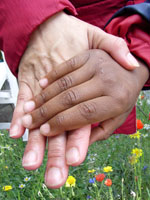 A major insight was that the current problems of the world wide growing poverty, the increasing damage of our eco-systems and with them of our basis of living are connected to the Western or industrial production systems and consumption patterns. Therefore, the former can only be solved in combination with the latter. Key to this is a global perspective on the ecological, social, and economic development of the world. People have to adopt a responsible way of life creating a chance for everybody to fulfil their basic needs and have access to a better living standard whilst at the same time protecting our eco-systems by sustainable management and granting a safer and more prosperous future for all.
A major insight was that the current problems of the world wide growing poverty, the increasing damage of our eco-systems and with them of our basis of living are connected to the Western or industrial production systems and consumption patterns. Therefore, the former can only be solved in combination with the latter. Key to this is a global perspective on the ecological, social, and economic development of the world. People have to adopt a responsible way of life creating a chance for everybody to fulfil their basic needs and have access to a better living standard whilst at the same time protecting our eco-systems by sustainable management and granting a safer and more prosperous future for all.
The summit culminated in the Agenda 21, a long document divided up into four parts: social and economic dimensions, conservation and management of resources for development, strengthening the role of major groups, and means of implementation (altogether 40 chapters). 179 countries - Germany was one of them - signed this the document and committed themselves to the implementation of this programme at their national, regional and local level and to participate in international projects on financial and technological transfer.
Links:
The Road to Rio
The Rio Declaration (on Environment and Development)
Chris Baudy
The Road to Rio
Timeline
- 1972: United Nations Conference on the Human Environment in Stockholm/Sweden with 113 participating countries. The resulting declaration ("Action Plan for the Human Environment B.5. Development and Environment") became the basis of the Rio Declaration on Environment and Development twenty years on.
- 1983: Establishment of the World Commission on Environment and Development (Brundtland Commission, named after its chairman) by the UN.
- 1987: Release of the so-called Brundtland Report ("Report of the World Commission on Environment and Development: Our Common Future"), stating in essence that the development of the world economy must keep within the ecological constraints of our planet. People must change their behaviour and way of life, if unacceptable suffering and ecological damage are to be avoided in the future, enabling us to meet "the needs of the present without compromising the ability of future generations to meet their own needs." (Brundtland Report 1987)
- 1989 Preparations of a future UN Conference on Environment and Development to decide on the ways and means of a sustainable development. Experts from all over the world negotiated the road to Rio. Several thousand people from non-governmental organizations (NGOs), the private sector, educationalists, feminist groups, indigenous people etc contributed greatly to the result of the Earth Summit in Rio in 1992.
Links to original United Nations Documents:
Brundtland Report (New York/USA 1987)
Action Plan for the Human Environment (Stockholm/Sweden 1997)
cb 2012-02-10

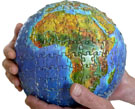


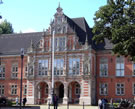
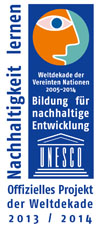
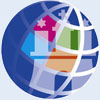
 A major insight was that the current problems of the world wide growing poverty, the increasing damage of our eco-systems and with them of our basis of living are connected to the Western or industrial production systems and consumption patterns. Therefore, the former can only be solved in combination with the latter. Key to this is a global perspective on the ecological, social, and economic development of the world. People have to adopt a responsible way of life creating a chance for everybody to fulfil their basic needs and have access to a better living standard whilst at the same time protecting our eco-systems by sustainable management and granting a safer and more prosperous future for all.
A major insight was that the current problems of the world wide growing poverty, the increasing damage of our eco-systems and with them of our basis of living are connected to the Western or industrial production systems and consumption patterns. Therefore, the former can only be solved in combination with the latter. Key to this is a global perspective on the ecological, social, and economic development of the world. People have to adopt a responsible way of life creating a chance for everybody to fulfil their basic needs and have access to a better living standard whilst at the same time protecting our eco-systems by sustainable management and granting a safer and more prosperous future for all.